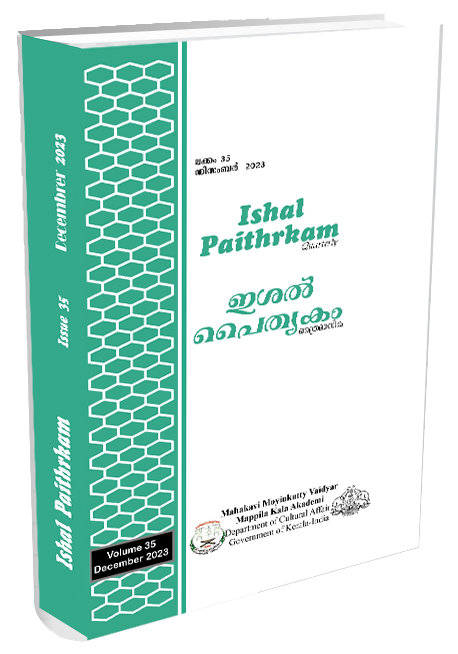Fluid Identities in Orhan Pamuk’s The White Castle
Keywords:
Identity, Fluid identities, Binary oppositions, East-West dichotomy, PerformativityAbstract
Defining identities has been an elusive task for generations of philosophers and thinkers. Identities are ever changing and constantly end up in identifications. The Cartesian cogito establishes the soul as the ‘I’ as the body is the inert non-thinking thing in the body- soul combination. This emphasis on thinking is explored in Pamuk’s novel The White Castle in which doppelgangers engage in elaborate thinking exercises. This study examines how Pamuk engages with question of identity head on by exploring the identities of two individuals who are similar in appearance. The characters are constructed as representatives of the East and the West. But the inner urges of the Western character the Venetian are more inclined to luxuries while Hoja is obsessed with science and learning. This study substantiates how Pamuk has deliberately deconstructed this binary and enacted an inversion of the interiority of identity in favour of performativity.
Downloads
References
Butler, J. (1990). Gender trouble. Routledge.
Descartes, R. (2013). Meditations on first philosophy: With selections from the objections and replies (J. Cottingham, Trans.). Cambridge University Press. (Original work published 1641)
Pamuk, O. (2009). The White Castle. (V. Holbrook, Trans.). Faber and Faber.
Skirry, J. (2008). Descartes: A Guide for the Perplexed. Continuum.
Weedon, C. (2013). Identity and Culture. Open University Press.
Downloads
Published
Issue
Section
License
Copyright (c) 2025 ISHAL PAITHRKAM

This work is licensed under a Creative Commons Attribution-NoDerivatives 4.0 International License.

